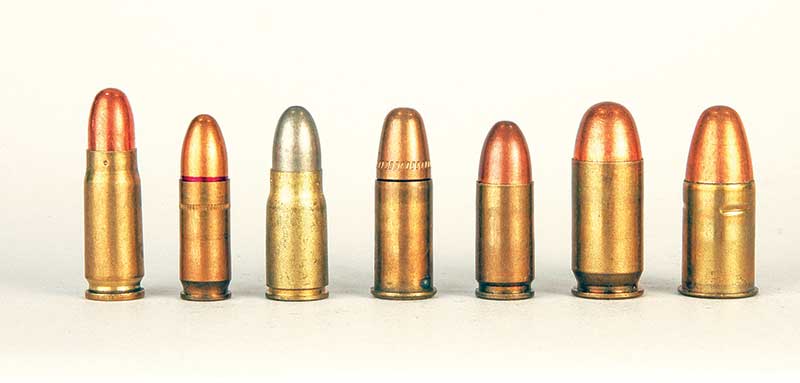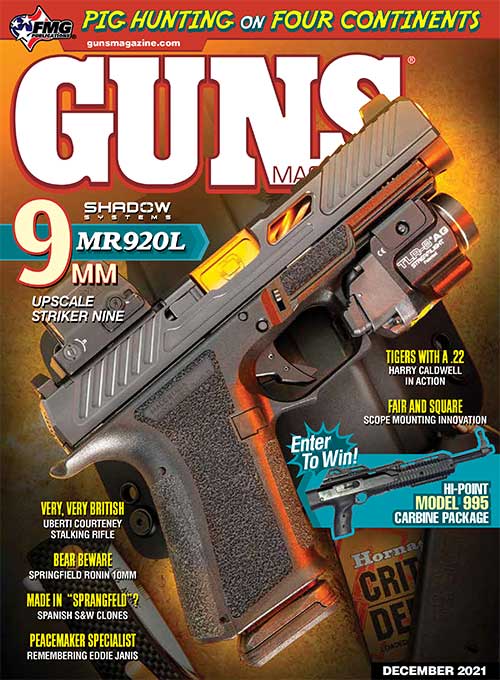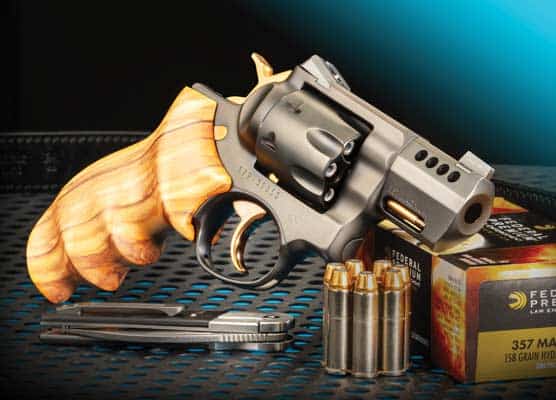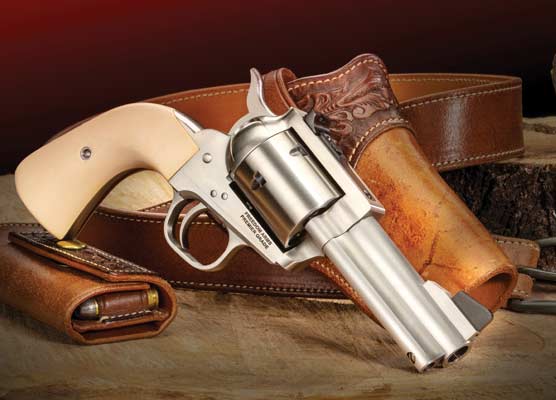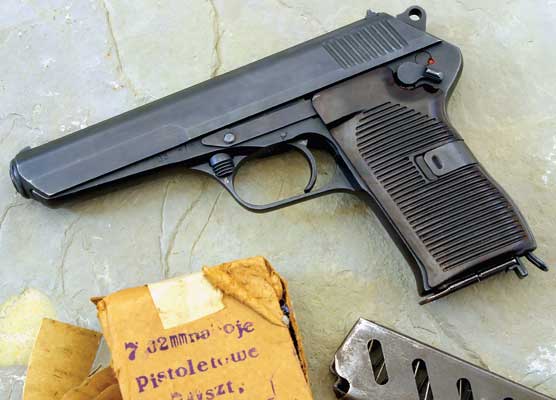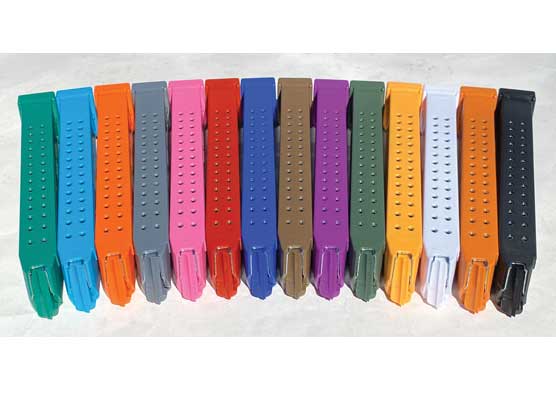WWII Handguns
What’s your favorite?
In my lifelong study of World War II history, much of the focus has been on handguns used in the immense fracas. Handguns carried by all sides were relatively unimportant compared to the vast array of other weapons utilized. Because of this, often their details are not mentioned in print or in oral history. Most WWII handguns were officially issued but at least in American forces, many were privately owned.
However, once in a while tidbits pop up that get my attention. Recently, in a memoir of a U.S. Marine on Iwo Jima, the writer tells of a patrol consisting of himself and four others searching caves. In one he lifted a mat under which he found six pristine S&W Model #3 top break .44 Russian revolvers. As finder he kept two and gave one each to the other patrol members. Decades earlier S&W did sell the Japanese Imperial Navy a quantity of .44 Russian revolvers so evidently this is how six of them ended up on the tiny island.
Details, Please?
Another handgun incident on Iwo Jima took a different turn. Some Marine officers were observing the battlefield when a Japanese soldier emerged screaming from a hidden cave with a bayoneted rifle. One of the officer’s runners calmly drew his “nickel-plated .38 revolver” and downed the soldier with two shots. This is an example of lack of detail. Avid handgunners would love to know what sort of nickel-plated .38 he used. We will never know but in my imagination I favor a Colt SAA .38-40 with 4-3/4″ barrel.
As far as officially-issued handguns go, they ranged from .30 caliber semi-autos shooting 85-grain bullets at an amazing 1,500 fps to .455 caliber revolvers firing 265-grain bullets at the incredibly low speed of 650 fps. The first example was the Soviet Union’s TT33 chambering 7.65×25 cartridges. The latter was Great Britain’s Mk VI .455 Webley revolver.
WWII official-issue handguns ranged greatly as to time of development. The top-break British Mk VI.455 Webley was the same basic design as their Webley Mk I that appeared circa 1890. Its ammunition was loaded with black powder then. The most modern designed World War II handgun was Walther’s double-action P38 9mm Parabellum, which came about just a year before the war’s advent in 1939.
Germany probably issued more different handguns than any other nation because arms factories in conquered nations were ordered to continue production with the weapons going to the German war effort. Their three most basic versions were P08 “Luger,” the aforementioned P38 and FN “Hi-Powers,” which the Wehrmacht designated P640 (b). All were 9mm. Added to those were such guns as Poland’s Radom vz35 and French MAS Model 1935A. The latter was chambered for France’s odd little 7.65 Long but Radoms were 9mm. It should be mentioned Germany issued a passel of small semi-autos in .380 Auto, .32 Auto and .25 Auto calibers. Mostly those went to officers and air crew who were not expected to actually fight with their handguns. Germany even issued some Model 1911 .45 Autos captured when they occupied Norway.
U.S.A.
America’s ground troops were predominately issued .45 Auto handguns — mostly Models 1911/1911A1 although thousands of .45 Smith & Wesson and Colt revolvers also saw combat. U.S. Navy and Marine Corps aviators usually were issued .38 Special Smith & Wesson revolvers. An acquaintance once told me he was a rear turret gunner in a Navy TBF bomber and carried a .38 Special S&W in a shoulder holster. I asked if he managed to bring it home but he said, “No, it’s at the bottom of the Pacific Ocean. I lost it when our plane had to ditch in the sea from battle damage.”
I have handloaded for and shot all the WWII handguns shown in the accompanying photo. As an American I’m supposed to say my pick of the litter would be our Model 1911/1911A1 .45 Auto. With no combat experience and being only a recreational shooter, I’m fond of my .45 Autos. However, I see why the FN (Browning) Hi-Power 9mm with 14-round capacity was popular. A copy made in Canada by the John Inglis Company was issued to some British troops, especially paratroopers. Likely any handgun accompanying WWII soldiers in foxholes, were a great comfort on dark nights.

